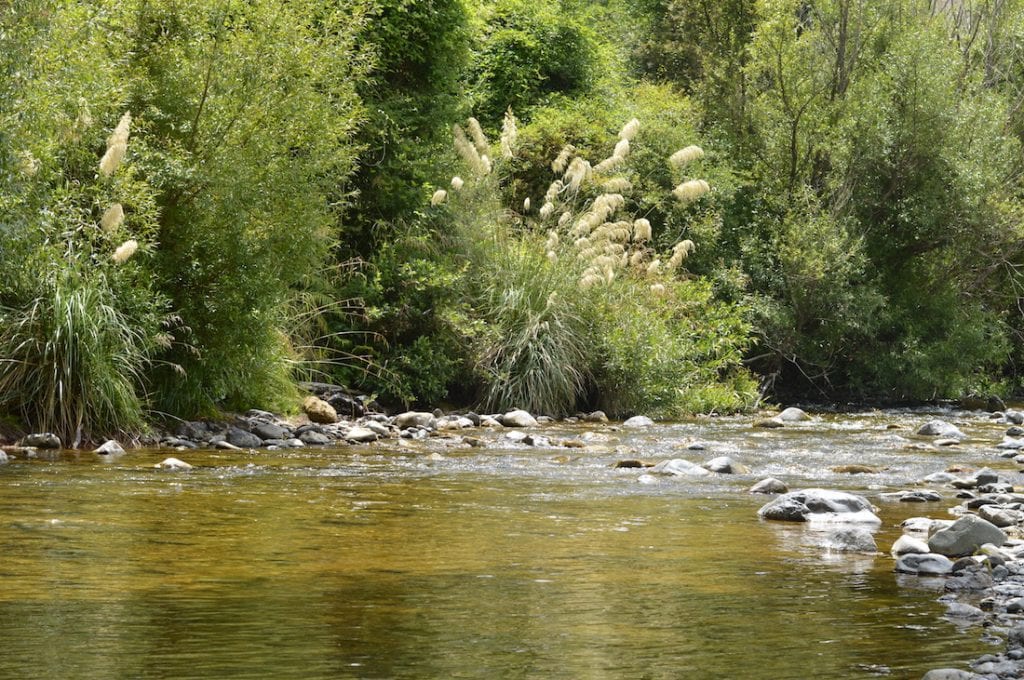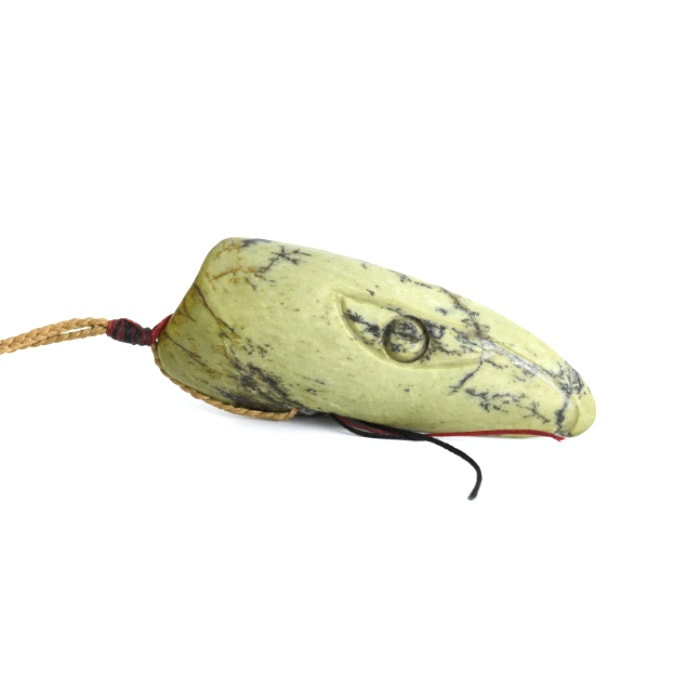Whatungarongaro te tangata toitū te whenua.
As man disappears from sight, the land remains.
As the awa provides us with our livelihood Taonga by Timoti has decided that it is our responsibility to do what we can to care for the awa and the creatures that need the awa to survive. So we have begun an awa revegetation project, every taonga that is sold will allow us to purchase more native plants for our wetland revegetation project area.
We will begin by completing the planting of a small run off stream/wetland area near our workshop. Wetlands contain a disproportionately high number of New Zealand’s threatened plants and animals, a consequence of extreme habitat loss and ongoing human-induced degradation. Restoration of wetland structure and function is therefore extremely important to provide suitable habitat for wetland species and ensure that biodiversity values will be preserved for future generations. We are working with a local native nursery to plant wetland plants native to our valley. In the photos above you can see the wetland area as it now is with some native plant and animal life returning, including a weka family(two adults and 3 babies) that have made the place their home.
Our valley is Rakautara, Valley of Trees
Our valley was once covered in dense native bush. You can still see pockets of it when you get high up in the hills. The Māori name for this valley is Rakautara, Valley of Trees most likely because of the large Tōtara that were sourced from here for carving and building of waka. Local Māori had summer settlements in the valley for gathering tuna for eating, pakohe for tools and trading and Tōtara for carving.
With the arrival of settlers the native bush was slowly cleared to make way for farming, never a very successful venture here. In recent years these cleared areas have given way to the great Pine industry of planting and logging, planting and logging. In addition to this the river’s edge is now covered with willow, gorse, old mans beard, wandering jew and various other weeds that people have pulled from their gardens and dumped on the roadside.
Morganne grew up in this valley and as a youth remembers watching masses of tuna under torch light at night, trying to catch kōura as they scampered under stones and cocker-billies that darted away too fast. Sadly today all these creatures are becoming harder to find as the silt run off from logging raises the water levels, water temperatures rise and there are few areas shaded with native overhang for water creatures to seek cover under. Many of the large Beech, Kahikatea and Tōtara trees that survived on the river’s edge are being smothered with old man’s beard.
We can make a difference one tree at a time
In the photos you can see our paddock that runs along the river, aptly named “The River Paddock” by the whanau. This space is particularly important to our whanau as we have celebrated many Christmas’, bbq’s and birthdays here, whanau wedding photos always end up by the awa at some point and the awa has provided our extended whanau and friends with many hours of fun, laughter and conversation. Once our run-off stream replanting is complete we will move our focus down to the river’s edge in an effort to conserve our awa, the life in and around it and return atleast our part of it to its former glory. It is a big job but we believe that, with your support, we can make a difference one tree at a time.


